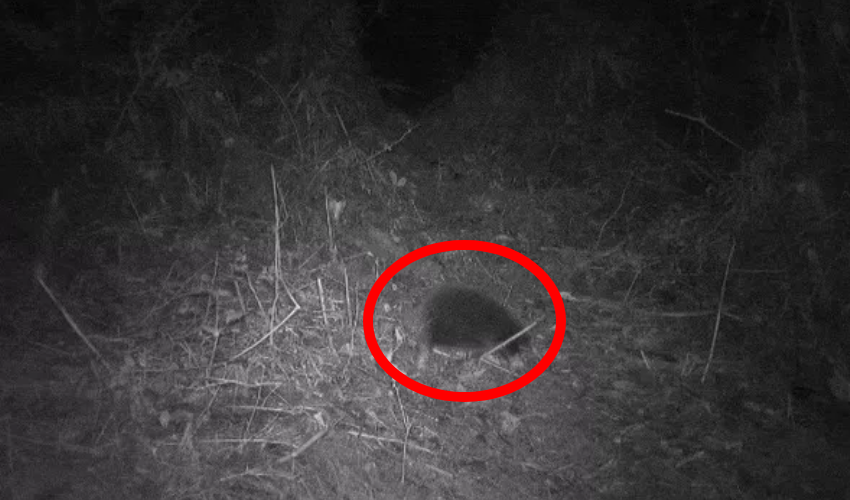Rediscovery of Attenborough's long-beaked echidna sparks hope in scientific community
Scientists have managed to rediscover the anteater, also known as the long-beaked echidna, which was thought to be extinct 60 years ago

The world of science is full of interesting events. From plants to animals, from planets to bacteria, there are thousands of species discovered or waiting to be discovered.
While researchers have been focussing on animals that have become extinct or endangered in recent years, Attenborough's long-billed echidna came as a big surprise. Last seen over 60 years ago, this spiny anteater was captured once again after many years. This was a very important development, especially for experts who have been researching for a long time.
The international team of researchers was ecstatic to have captured the image of the small, spiny, and furry mammal flailing awkwardly in the grainy, black-and-white images.

"This discovery is the result of a lot of hard work and over three and a half years of planning," said Oxford University biologist James Kempton.
The team suffered earthquakes, waterlogging, and various injuries to workers just for this image. This rare echidna was spotted on the last day of the four-week expedition.
A few egg-laying mammals remain on Earth, including one platypus species and three other echidna species.
Monotremes survived the mass extinction that wiped out non-avian dinosaurs, but except for Australia's short-billed echidna (Tachyglossus aculeatus), all of Earth's oldest surviving mammals are now dwindling in numbers. Still, the recent discovery of an echidna is already giving scientists hope.
Source: Science Alert











